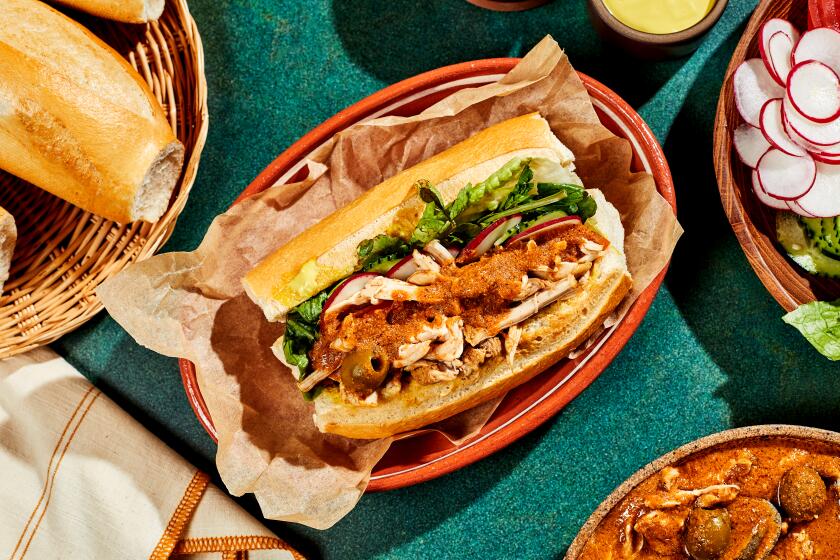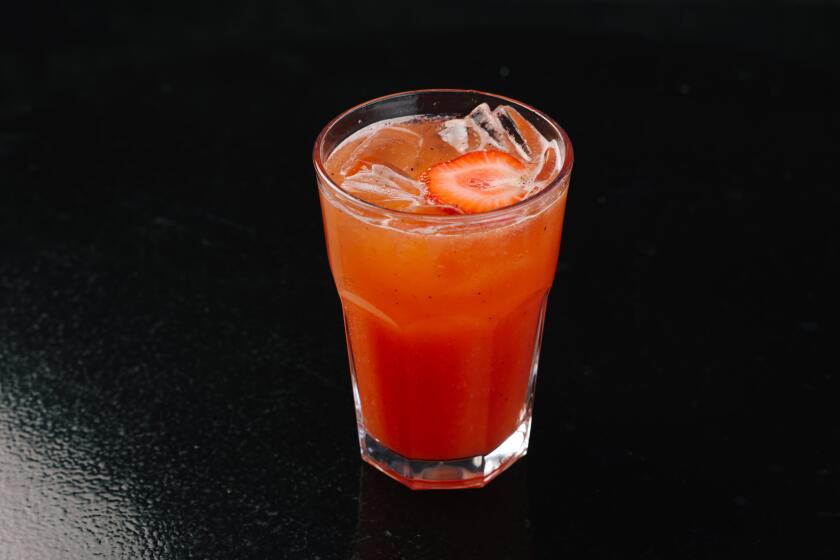Saj Bread

You can make yufka and markouk with the same dough but with different shaping techniques. Markouk is thinner and flattened by passing the disk of dough from one hand to the other until the round of dough is paper-thin and almost as wide as your arm, a feat that requires tremendous skill and much practice. Yufka, on the other hand, is flattened with a long thin rolling pin called oklava. Both are baked on a large round metal plate called a saj, which is flat in Turkey and concave in Lebanon, Syria, Jordan and Palestine. In the old days (and still today in remote rural areas), the saj was heated over a wood fire. In Lebanon and Syria saj bread is known as markouk, while in Jordan and Palestine, where it is made a little thicker, it is known as shraaq. In Turkey, borek. When used to make borek, yufka is made thinner to be stuffed with a variety of fillings ranging from spinach to cheese to meat. I cannot roll out my yufka or saj bread as thinly as they do in Turkey or in Lebanon, either using an oklava or passing it from one hand to the other as they do in the Lebanese mountains. Still, it comes out thin enough and making it at home gives me great satisfaction.
Mix the flour and salt in a large bowl. Add 200 milliliters (¾ cup plus 1 tablespoon) water. Mix until you have a rough ball of dough.
Transfer the ball of dough to a lightly floured work surface and knead for 3 minutes. Shape into a ball and invert the bowl over the dough and let rest for 15 minutes. Then knead for 3 more minutes until you have a smooth firm dough.
Divide the dough into 10 portions, each weighing about 40 grams (1½ ounces). Shape each into a small ball, rolling the dough between the palms of your hands. Then roll the ball of dough against your work surface â which should not be floured â keeping the side with the seam against the work surface to seal it. Sprinkle a tray or part of your work surface with flour and place the balls of dough on the floured surface. Cover with a damp kitchen towel. Let rest for 30 minutes.
Roll out each ball of dough â here it is a good idea to use a thin rolling pin like the Turkish oklava â sprinkling with flour every now and then, until you have a round 17½ to 20 centimeters (7 to 8 inches) in diameter. Lace the rounds of dough in between floured couches (bakerâs linen), or simply use floured kitchen towels.
Heat a large nonstick pan over medium heat until very hot. Add the dough rounds, one at a time, and cook for a minute or so on each side. They should be lightly golden with small burned spots where they have bubbled up. Stack between clean kitchen towels. You can serve these immediately or use them to make wraps. Or you can do what the Turks do and stack them in a dry place, where they will keep for weeks.
When you are ready to serve, sprinkle each bread with a little water to soften, fold it in half and wrap in a clean kitchen towel. Let rest for 30 minutes so that it becomes soft and pliable and ready to serve.
Get our Cooking newsletter.
Your roundup of inspiring recipes and kitchen tricks.
You may occasionally receive promotional content from the Los Angeles Times.















